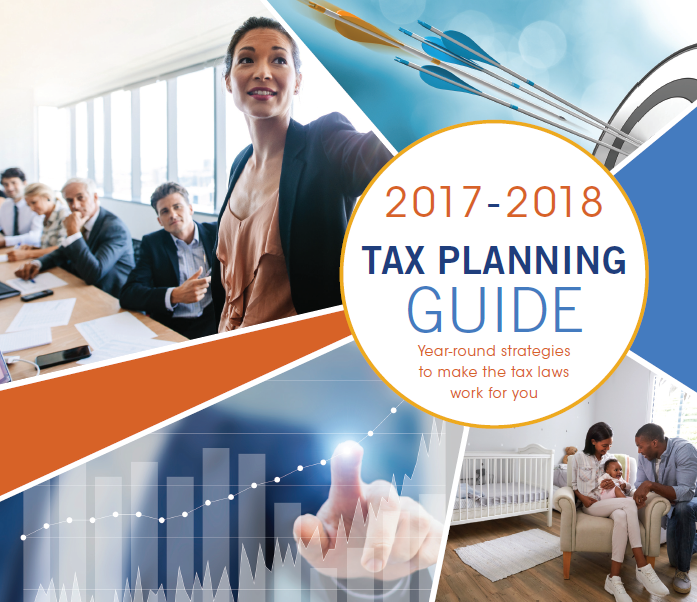
We have moved! Please visit us at our new location at 134 Sipe Avenue, Hummelstown, PA 17036.


Browser our newsletters for additional information.
Publications

RS, State, & Revenue Office sites
- IRS Forms
- Internal Revenue Service
- PA Department of Revenue
- Social Security Administration
- Social Security Benefits Planner
- US Department of Labor
- PA Department of Labor and Industry
- PA DCED
Useful Forms
2025 Standard Mileage Rates
| Purpose | Rates per Mile |
| Business | 70 cents |
| Medical/Moving | 21 cents |
| Charitable | 14 cents |
2024 Standard Mileage Rates
| Purpose | Rates per Mile |
| Business | 67 cents |
| Medical/Moving | 21 cents |
| Charitable | 14 cents |
Check It Out!
Check out the article in PICPA CPA Now by Greg Kashella, published November 2021, Enhanced Financial Statement Disclosures for Small Businesses.
Check out the article in the Central Penn Business Journal, Women Who Lead, March 2019 article featuring our partner Jori Culp
Tax-Related Identity Theft
The IRS combats tax-related identity theft with aggressive strategies of prevention, detection and victim assistance. To find out more about tax-related identity theft call our office or visit https://www.irs.gov/identity-theft-fraud-scams/identity-protection for information and guidance.
Remember that the IRS will never contact you by electronic means. This includes emails, phone calls, text messages, or social media channels. If you are ever in doubt whether contact by someone claiming to be from the IRS is legitimate, call our office first for verification.

If your business has employees or uses independent contractors, you have associated annual information reporting obligations. The One Big Beautiful Bill Act (OBBBA) makes changes impacting these rules, but not for the 2025 tax year.
Tips and overtime income
For 2025 through 2028, the OBBBA creates new deductions for employees who receive qualified tips income or qualified overtime income. Importantly, these breaks aren’t income exclusions. Therefore, federal payroll taxes and federal income tax withholding rules still apply to this income. Also, qualified tips and qualified overtime may still be fully taxable for state and local income tax purposes where applicable.
The issue for employers and payroll management firms is reporting qualified tips and qualified overtime amounts so eligible workers can claim their rightful federal income tax deductions. In August, the IRS announced that, for tax year 2025, there will be no OBBBA-related changes to federal information returns for individuals, federal payroll tax returns or federal income tax withholding tables. So, the 2025 versions of Form W-2, Forms 1099, Form 941 and other payroll-related forms and returns aren’t being changed.
In November, the IRS issued guidance on how taxpayers who’ve received tips or overtime in 2025 can determine their eligibility and calculate their deductions, considering that employers and others aren’t required to provide information reporting specific to qualified tips income or qualified overtime income for the 2025 tax year.
Employers and payroll management firms may voluntarily report 2025 qualified tips in Box 14 (“Other”) of Form W-2 or a separate statement. Those that pay overtime, at minimum, should be prepared to answer employee questions about whether they’re considered to be Fair Labor Standards Act employees and thus potentially eligible for the qualified overtime deduction for 2025.
Eligible occupations for the tips deduction
In September 2025, the IRS released proposed regulations that include a list of dozens of occupations that are eligible for the OBBBA deduction for qualified tips income. Eligible occupations have been given a three-digit code to be used by employers for information return purposes.
Eligible occupations are grouped into eight categories: beverage and food service, entertainment and events, hospitality and guest services, home services, personal services, personal appearance and wellness, recreation and instruction, and transportation and delivery.
Draft 2026 Form W-2
In September 2025, the IRS also released a draft of the 2026 Form W-2. The draft form incorporates changes to support the new employer reporting requirements for employee deductions for qualified tips income and qualified overtime income, as well as employer contributions to Trump accounts (which will become available in 2026 to provide a tax-advantaged savings opportunity for children).
For Box 12 of the draft form, new codes are provided for the following:
- “TA” to report employer contributions to Trump accounts,
- “TP” to report the total amount of an employee’s qualified tips income, and
- “TT” to report the total amount of an employee’s qualified overtime income.
Box 14b has been added for employers to report the occupation of an employee who receives qualified tips income.
Eased information return rules
While the deductions for qualified tips and overtime will add to the information reporting requirements for businesses, the OBBBA also provides some reporting relief. This relief also starts with the 2026 tax year.
Businesses generally must report on annual information returns, such as Form 1099-MISC, payments made during the year that equal or exceed the threshold for rents, royalties, premiums, annuities, remuneration, emoluments, or other fixed or determinable gains, profits, and income. In addition, businesses that receive business services generally must report on annual information returns, such as Form 1099-NEC, payments made during the year for services rendered that equal or exceed the statutory threshold.
For many years, the threshold for Forms 1099-MISC and 1099-NEC has been $600. Effective for payments made after 2025, the OBBBA increases the reporting threshold to $2,000, with inflation adjustments for payments made after 2026. This change will impact information returns that should be filed in early 2027 to report affected 2026 payments.
Stay up to date
Additional guidance on reporting requirements for qualified tips income and qualified overtime income is expected, and eventually final 2026 information reporting forms will be released. Contact us to keep up to date on developments and what you need to do to ensure your business is compliant with evolving reporting requirements.
© 2025






